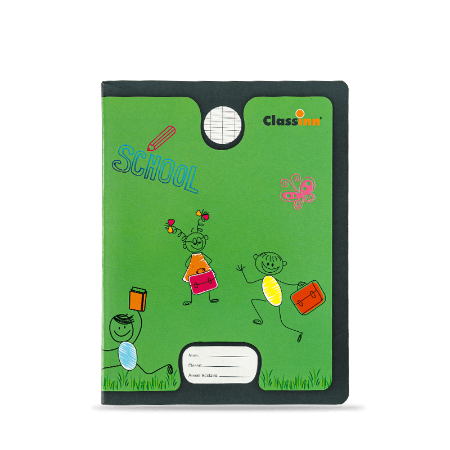All paper starts out as vegetable fibres like wood, cotton or bamboo. These fibres are macerated, soaked and dried until they form a pulp that is spread and compressed into a sheet. This is a complex process that can take several days.
Once the pulp has been formed, it can be dyed in a variety of ways. The most common method is to add the dye or pigment to the pulp before it is formed. This is a very economical way to go, but the disadvantage is that paper machine effluent also gets colored during this process.

Another popular option is to add the dye or pigment later on during the papermaking process, in a machine called a sizing press. This allows the paper to be more flexible and stiff, but it is also much more expensive than adding the dye or pigment before the sheet is formed.
Colored papers come in a variety of sheet counts, from under 200 sheets in a pack to 1,500 or more. These are perfect for creating sales flyers or posters that need attention-grabbing colors to draw people in and make sure they see important information.
You can even use colorful paper to print out images that are white-based, such as photographs or artwork. Because CMYK inks are translucent, the colors of the image show through. This can be problematic with some artwork, and you may need to run test pages to get the right effect.

 English
English 中文简体
中文简体 Français
Français عربى
عربى

 ++ 86-15058281618
++ 86-15058281618















